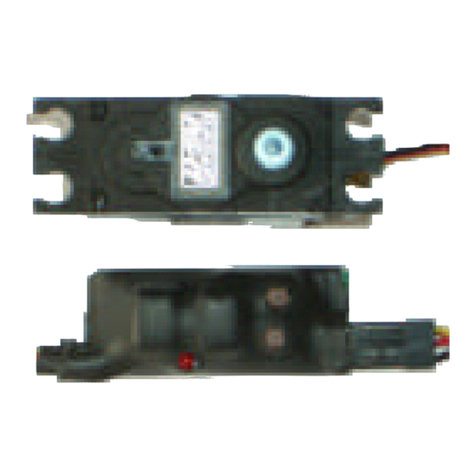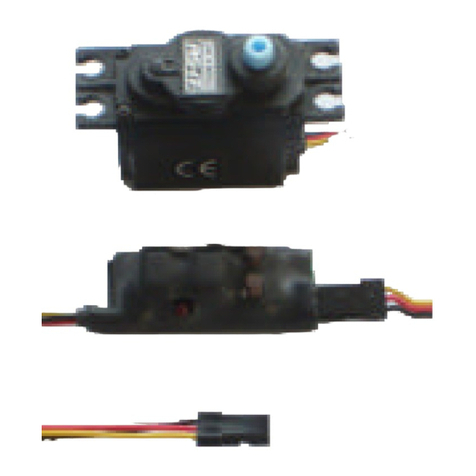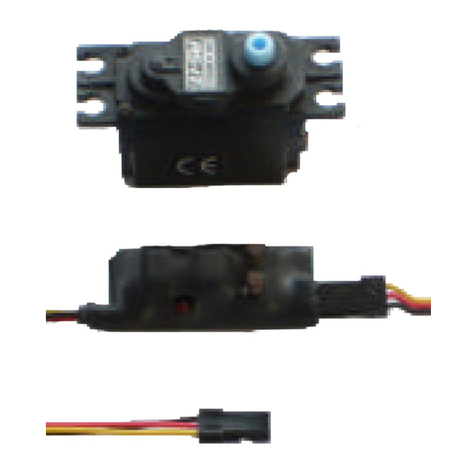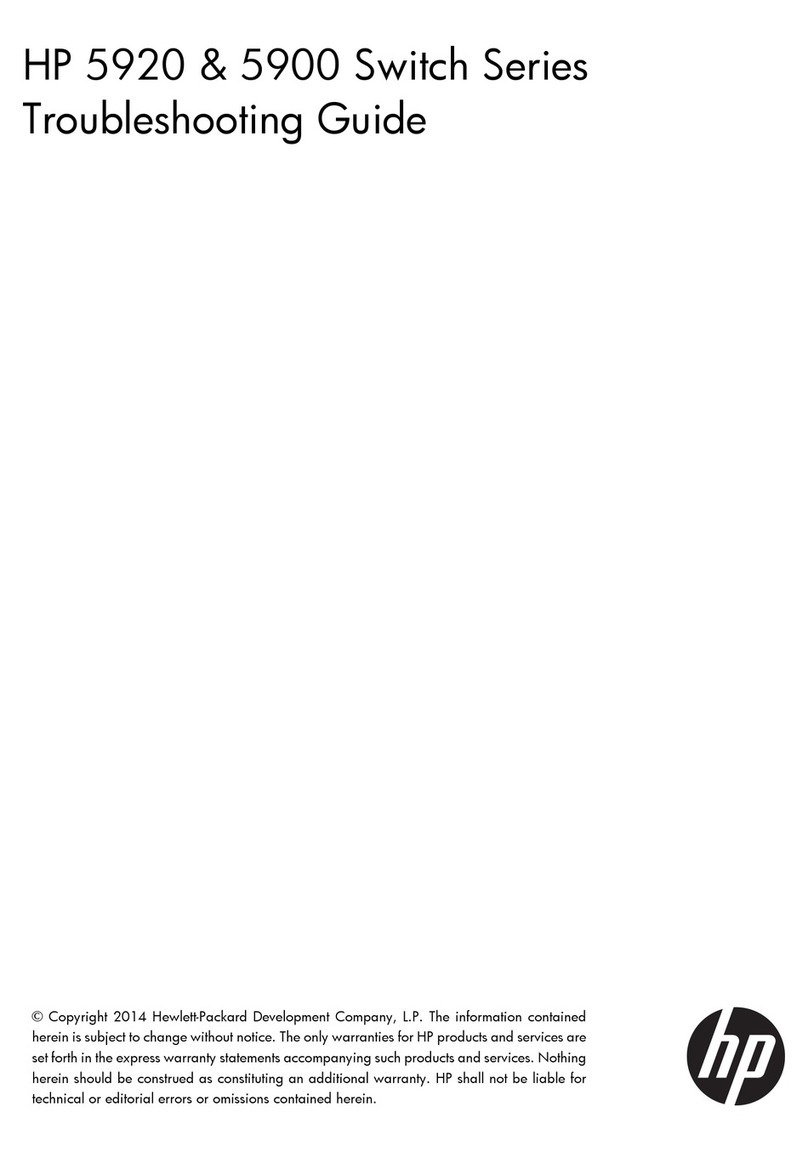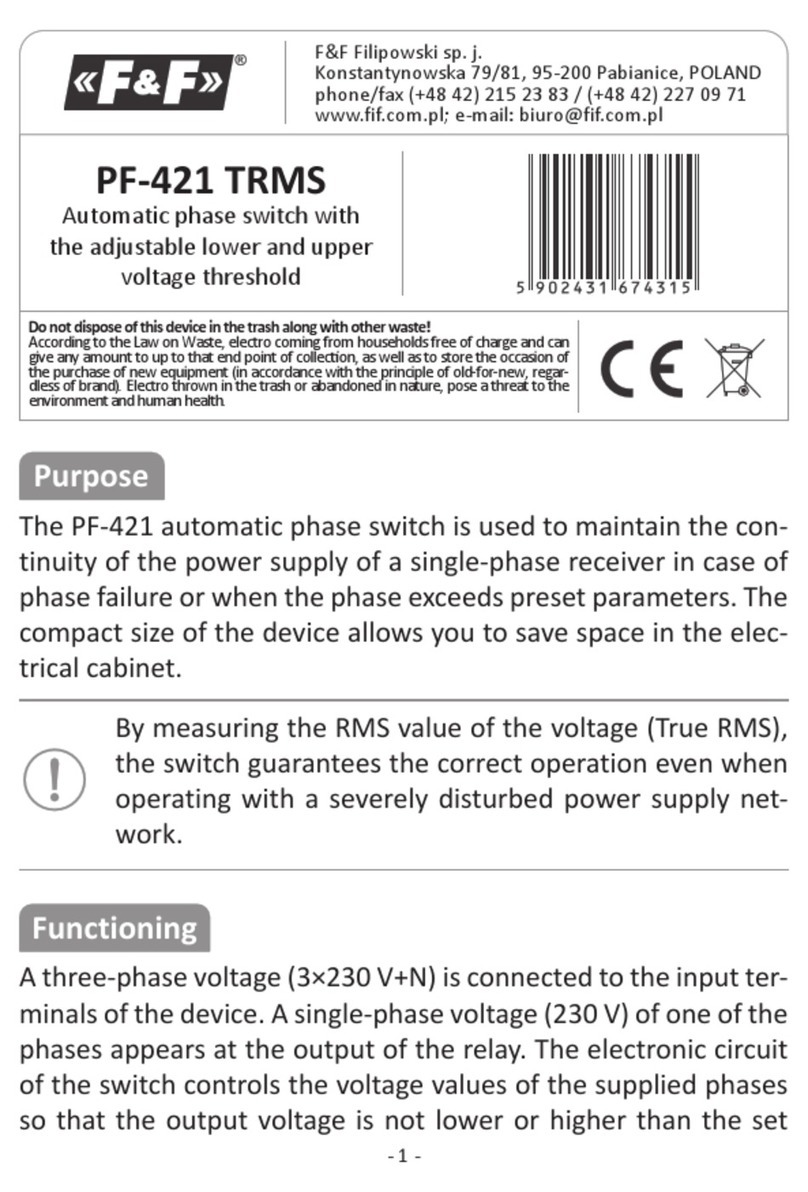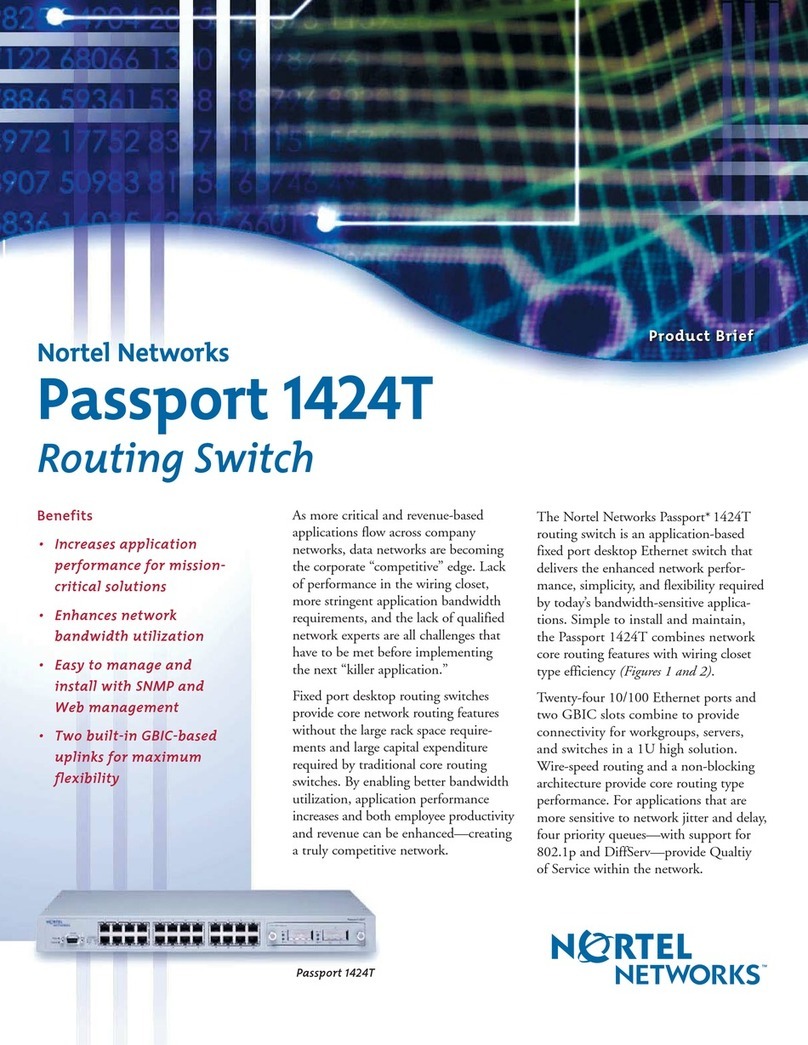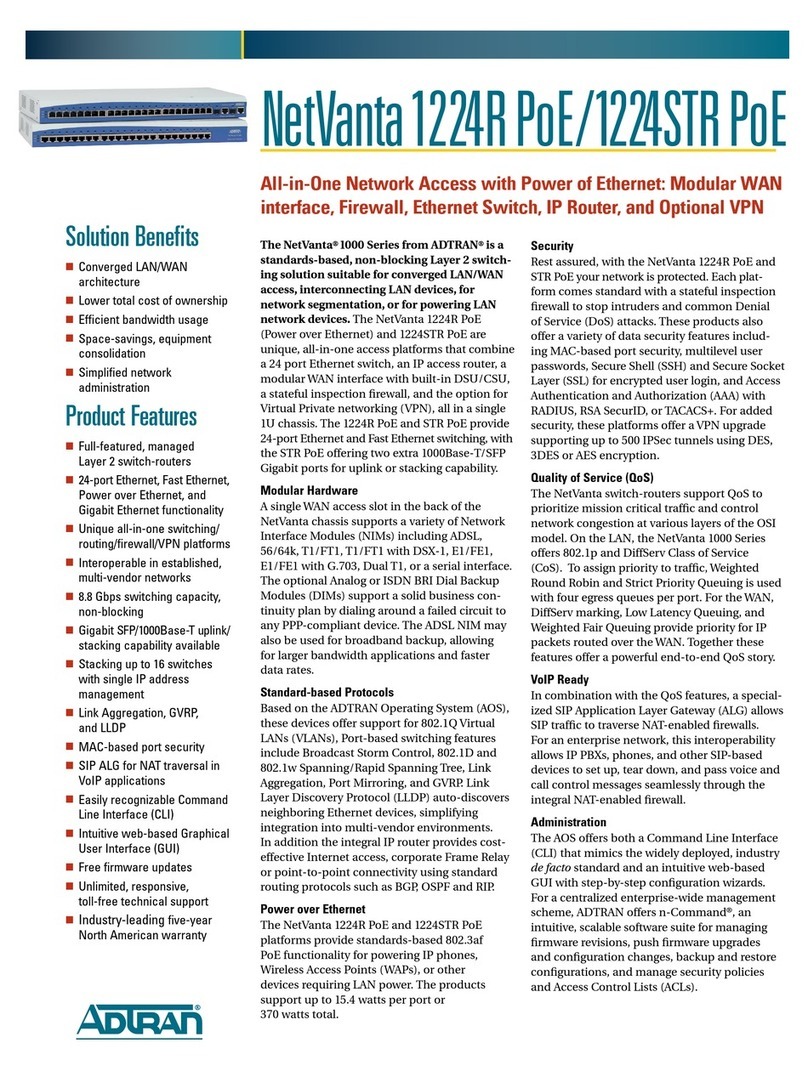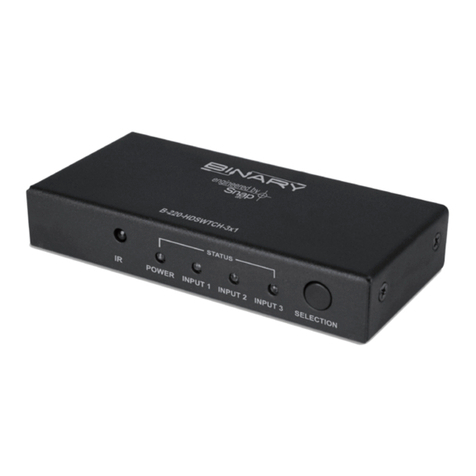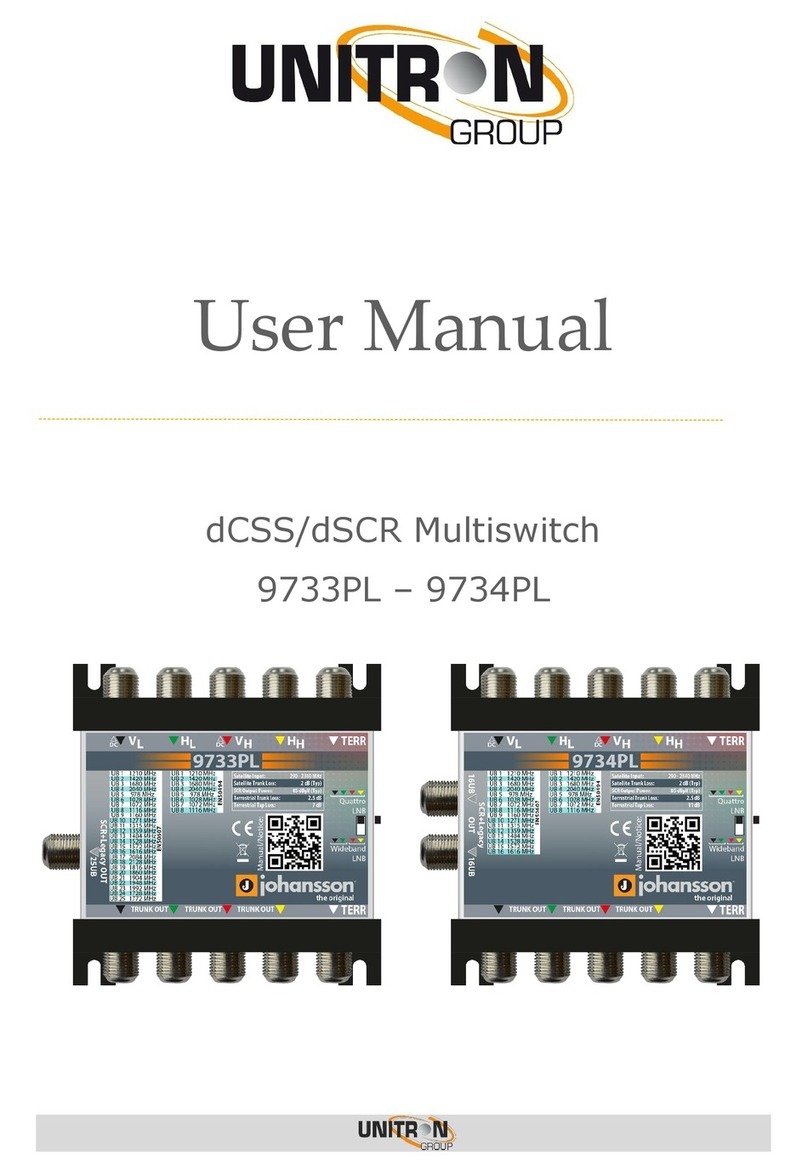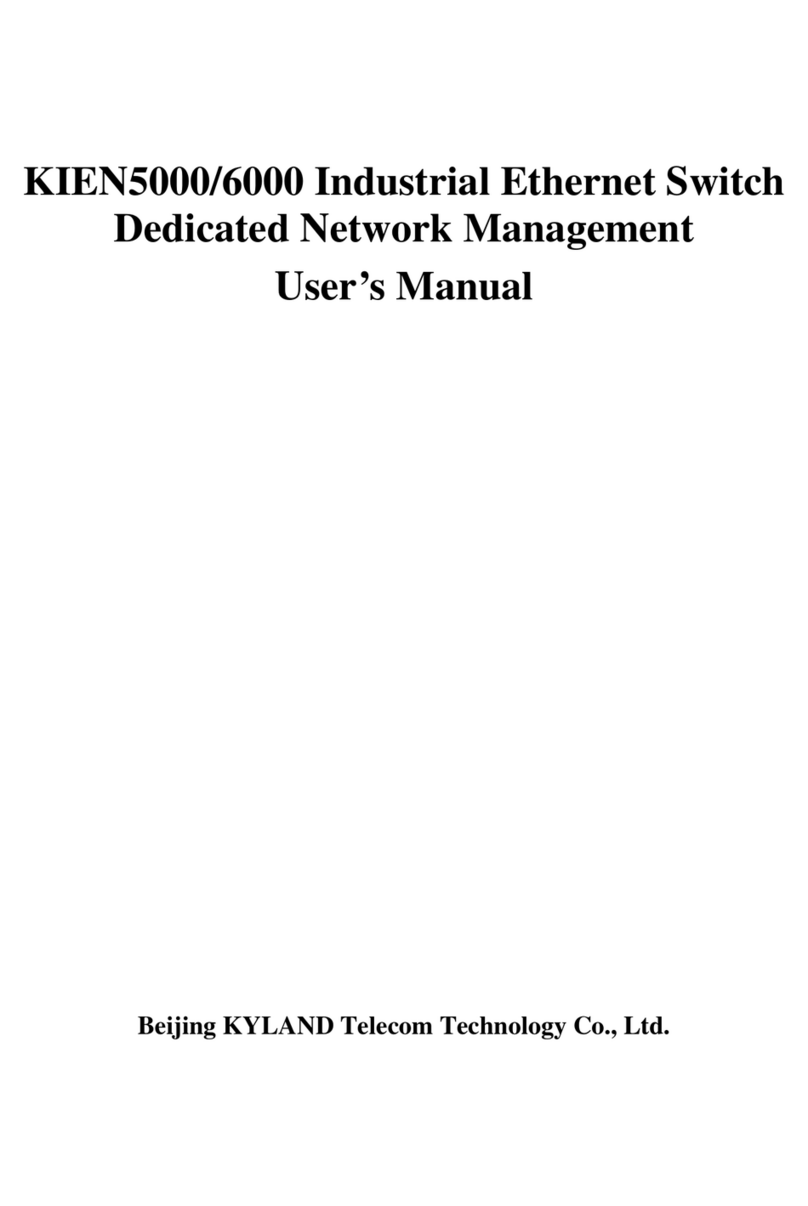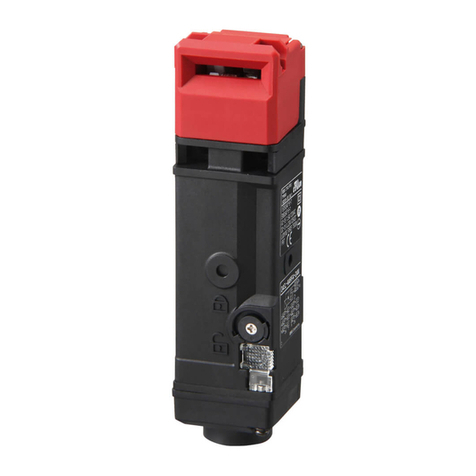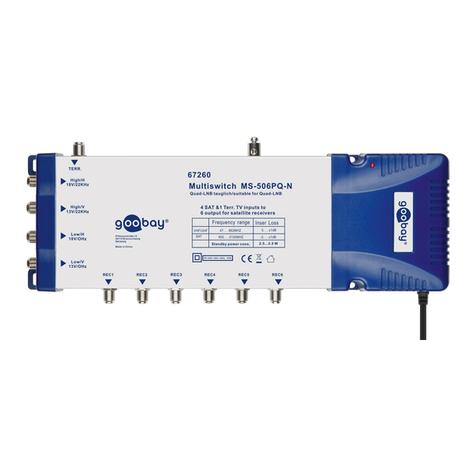Timpdon Marine MRSS3 User manual

TimpdonMarine Tel 0161 -980 8054 Issue 1–May 2011
Web www.timpdon.co.uk
EMail marine@timpdon.co.uk
Features
•Switched control of a standard servo between two end points, at a
controlled rate.
•For use with slow slew rate switch controlled digital transmitter
channels –e.g. Planet T5 -Channel 5.
•User programmable servo positions, with programmable rotation
speed.
•Can be re-programmed in-situ at any time, using built-in push button
switches.
•Programmed settings retained when power removed.
•Accommodates servo position and transmitter pulse widths in range 0.6
ms to 2.4 ms. Auto zero with centre neutral joysticks.
•Digital microprocessor controlled.
•Small size –45mm x 18mm x 12mm.
•Mounted inline between RC receiver and servo –powered from
receiver.
Timpdon
Marine Radio Servo Switch
Model MRSS3
Controlled rotation between
two servo positions.
Programmable servo
positions and rotation rate.
For use with slow slew rate
digital transmitter channels.
Inline adaptor -fitted
between RC receiver and
servo.
Powered from RC receiver.

TimpdonMarine Tel 0161 -980 8054 Issue 1–May 2011
Web www.timpdon.co.uk
EMail marine@timpdon.co.uk
Installation and Wiring
S2
S1
LED V+
Control
0V Red
Yellow
Black
Connector to Servo
MRSS3
Connector to
Radio Receiver
1Connect the flying lead to the selected channel of your radio receiver.
2Connect your servo to the 3 pin plug on the MRSS3, with the black
servo lead adjacent to edge of unit, and the yellow or white data lead
towards the middle.
3Power up the transmitter. Then power up the receiver.
4Check that, once the receiver has bound to the transmitter, the LED
on the MRSS3 illuminates continuously. This indicates that the
MRSS3 is receiving valid RC pulses. The MRSS3 has a in-built start
up delay of 4.5 seconds to permit binding. During this period, the LED
will flash.
5Check that, when youswitch the channel control from the 0to the 1
setting, the servo immediately rotates at a controlled rate to the set
position, and when you switch back from the 1to the 0setting, the
servo immediately rotates back to the reset position.
6If, at any time, radio communication is lost, theLED will extinguish
and the servo will maintain its last setting. Once communication is re-
established, normal operation will start again automatically.
7Now program the MRSS3, as described below, for the required servo
positions and rotation rate for your system.
On completion of programming, the programmed settings will be
saved in non-volatile memory, and the system will automatically re-
boot in normal operation mode.
8Your system is now ready for use.

TimpdonMarine Tel 0161 -980 8054 Issue 1–May 2011
Web www.timpdon.co.uk
EMail marine@timpdon.co.uk
Principles of Operation
0.8 1.0 1.2 1.4 1.6 1.8 2.0 2.2
RC Pulse
Width in ms
Set
Reset
Switches from
Reset
to
Set
on
rising
pulse width
Switches from
Set
to
Reset
on
falling
pulse width
1In a standard RC system, the output from each receiver channel is a
variable width pulse, nominally between 1.0 ms and 2.0 ms in width,
repeated at intervals of approximately 20 ms. A pulse width of 1.0 ms
corresponds to the transmitter controlat minimum, 2.0 ms to
maximum and 1.5 ms to centre.
2The MRSS3 is specifically designed for operation on switched, slow
slew rate digital channels where, when the channel control switch is
operated, the output pulse width moves from 1.0 ms to 2.0 ms, or vice
versa, over a period of several seconds. Such channels are commonly
intended for operation of aircraft undercarriage controls, or similar. The
MRSS3 is designed to detect the changing pulse width and thus
operate the output servo immediately, without any delay.
2Within the MRSS3, the servo output is limited to one of two actions,
depending on the setting, 0or 1, of the transmitter control switch:
Channel Switch Action
1 = Maximum Rotate to programmed set position
0 = Minimum Rotate to programmed reset position
The rotation rate of the servo, at all times, is constant.
Note that the sense of the switch [0or 1] with respect to maximum or
minimum may be reversed on some transmitters.
3The servo output pulse widths corresponding to the 1and 0control
switch positions [set and reset] are user programmable, as is the
rotation rate of the servo between these positions. The available
range of servo output pulse widths is 0.6 ms to 2.4 ms.

TimpdonMarine Tel 0161 -980 8054 Issue 1–May 2011
Web www.timpdon.co.uk
EMail marine@timpdon.co.uk
Programming
Programming or re-programming may be performed at any time, using
push button switches S1 and S2, with indication provided by the LED.
Programming is performed in three steps, in order –Servo Reset
Position, Servo Set Position and Servo Rotation Rate
The set and reset limit positions of the servo may be set anywhere
within its operating range, subject to a limitation of RC pulse widths of
0.6 ms to 2.4ms, as described above.
Programming Procedure
Programming may be undertaken with the transmitter either on or
off.
Press and hold both switches S1 and S2 together.
The LED will flash rapidly for about 5 seconds, and then go on
continuously.Then release both switches.
If you release either switch before the LED stops flashing, the
unit will remain in normal operation.
1You are now in Step 1 –Servo Reset Position
The LED will flash with single shortflashes, and the servo will move
to the current reset position.
Adjust the required reset position using either S1to increase the
servo position or S2to decrease it. The actual rotation direction is
servo dependent.
When satisfied, press and hold both switches S1 and S2 together.
The LED will flash rapidly for about 2 seconds, and then go on
continuously. Then release both switches.
If you release either switch before the LED stops flashing, the
unit will remain in program Step 1.
The unit will then proceed automatically proceed to program Step 2.

TimpdonMarine Tel 0161 -980 8054 Issue 1–May 2011
Web www.timpdon.co.uk
EMail marine@timpdon.co.uk
2You are now in Step 2 –Servo Set Position
The LED will flash with double shortflashes, and the servowill move
to the current set position.
Adjust the required set position using either S1to increase the servo
position or S2to decrease it. The actual rotation direction is servo
dependent.
When satisfied, press and hold both switches S1 and S2 together.
The LED will flash rapidly for about 2 seconds, and then go on
continuously. Then release both switches.
If you release either switch before the LED stops flashing, the
unit will remain in program Step 2.
The unit will then proceedautomatically to program Step 3
3You are now in Step 3 –Servo Rotation Rate
The LED will flash with single long flashes, and the servo will rotate
continuously between the current set and reset positions at the
current rotation rate.
There are sixteen separate rotation rates, between 0.25 and 20
seconds for 90°rotation. Select the required rotation rate using
either S1to increase the rate or S2to decrease it. After the last step,
the rate will revert to the other end of the scale.
When satisfied, press and holdboth switches S1 and S2 together.
The LED will flash rapidly for about 2 seconds, and then go on
continuously. Then release both switches.
If you release either switch before the LED stops flashing, the
unit will remain in program Step 3.
The unit will then save all programmed values to non-volatile
memory.
The LED will then flash rapidly for about 4 seconds to indicate
completion of programming, and then the MRSS3 will automatically
reboot in normal operation mode, with the new programmed settings
operational.
The MRSS3 is now ready for use.

TimpdonMarine Tel 0161 -980 8054 Issue 1–May 2011
Web www.timpdon.co.uk
EMail marine@timpdon.co.uk
Notes on Programming
1Once you have entered programming mode, there is no exit until all
programming steps have been completed. If you enter programming
mode inadvertently, and you do not wish to re-program the unit,
remove and re-apply power, to restart in normal operation mode.
2Remember that no new programmed settings are saved until the end
of programming Step 3. All steps must therefore be completed for
programming to be valid.
3If you make an error during programming, simply repeat the
programming procedure after the unit has re-booted in normal
operation mode.
Constraints on Operation
1The MRSS3 is designed to detect a change in pulse width on
consecutive transmissions from the transmitter, at nominal intervals
of 20 ms, in order to determine a set or reset condition of the
output.
2An increase in pulse width will be interpreted as a set request, and a
decrease as a reset request.
3In order for the MRSS3 to detect a valid change in pulse width, the
slew rate of the transmitter pulse width output must be greater than
or equal to 0.17 ms per second, representing a maximum total slew
period between pulse widths of 1.0 ms and 2.0 ms of 6 seconds.
4In addition to slew rate detection, in order to accommodate the end
conditions[pulse width = 1.0 ms or 2.0 ms nominal] where the pulse
width no longer changes, the MRSS3 will, in addition, consider a
pulse width greater than 1.5 ms to represent a set condition, and a
pulse width of less than 1.5 ms to represent a reset condition, if the
pulse widths are no longer changing.
Table of contents
Other Timpdon Marine Switch manuals
Popular Switch manuals by other brands
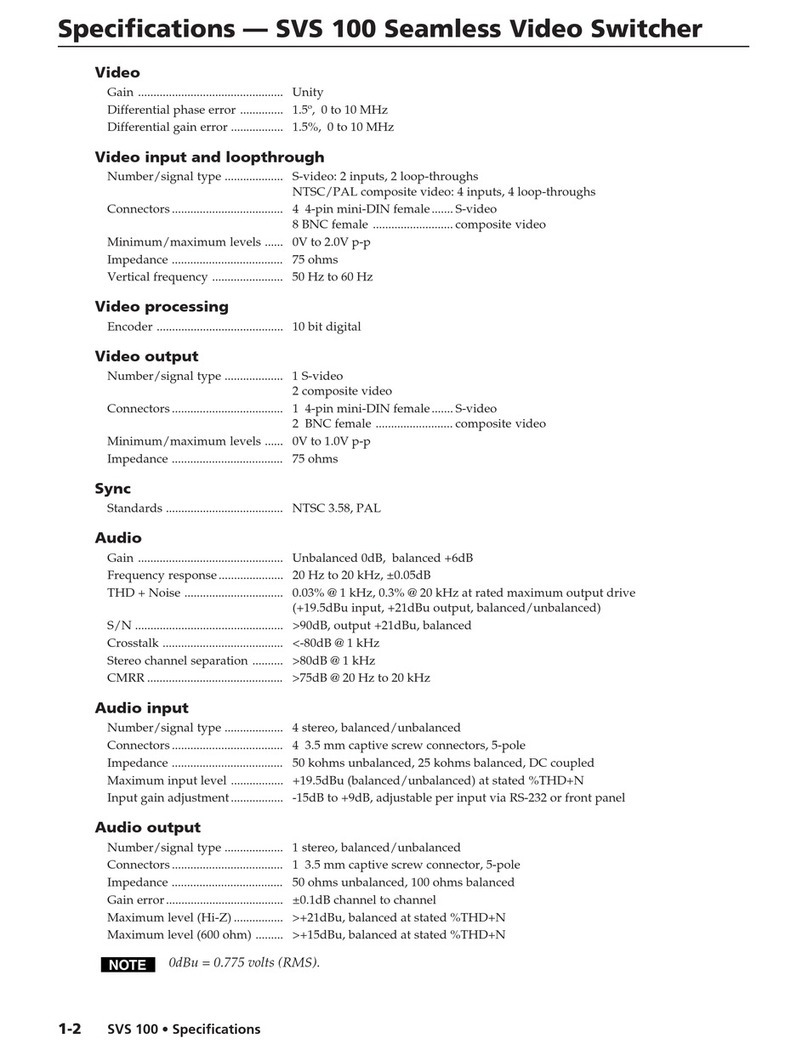
Extron electronics
Extron electronics SVS 100 Specifications

Grandbeing
Grandbeing GB07SW0301 operating instructions

StarTech.com
StarTech.com SDOCK2U33HFW instruction manual
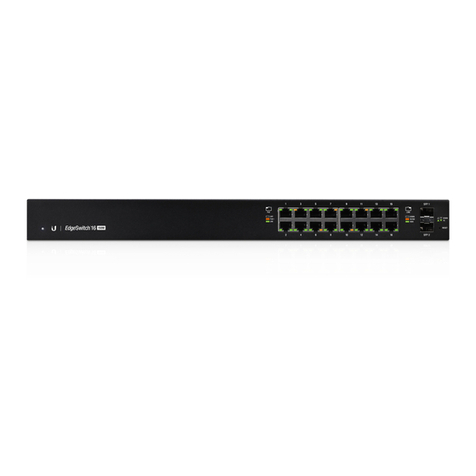
Ubiquiti
Ubiquiti EdgeSwitch ES-16-150W quick start guide
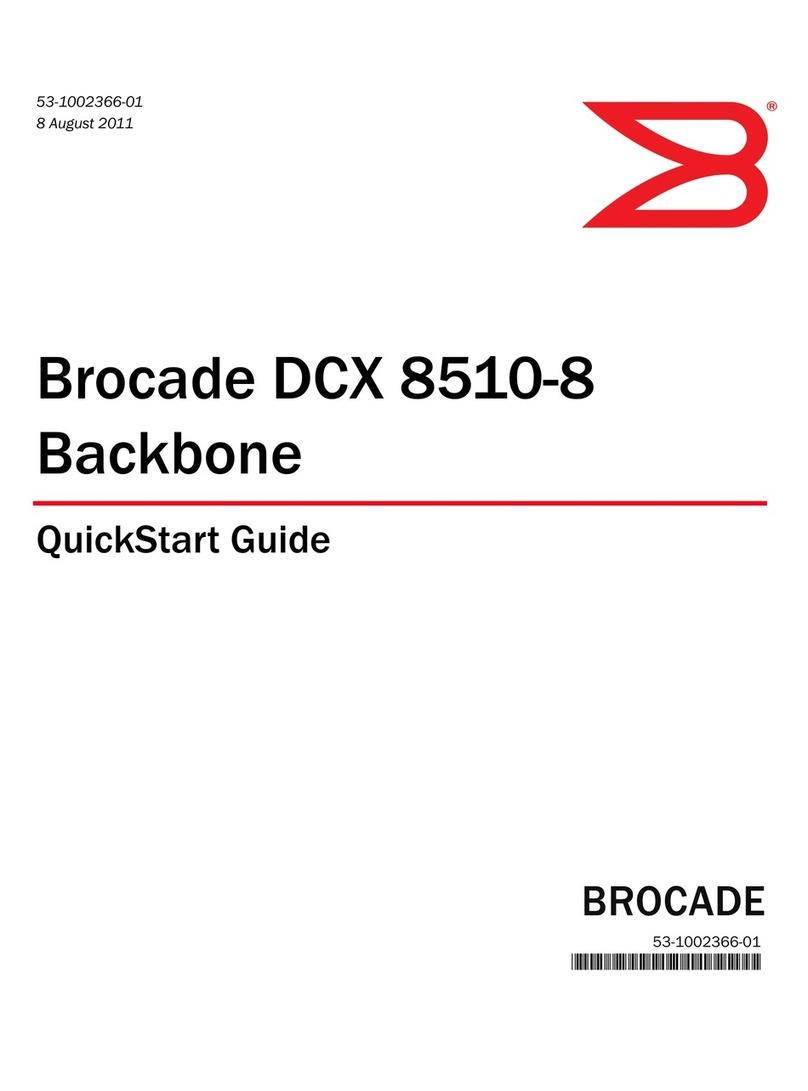
Brocade Communications Systems
Brocade Communications Systems PowerConnect B-DCX quick start guide

KTI
KTI KFS-2621 user manual
